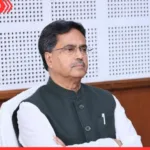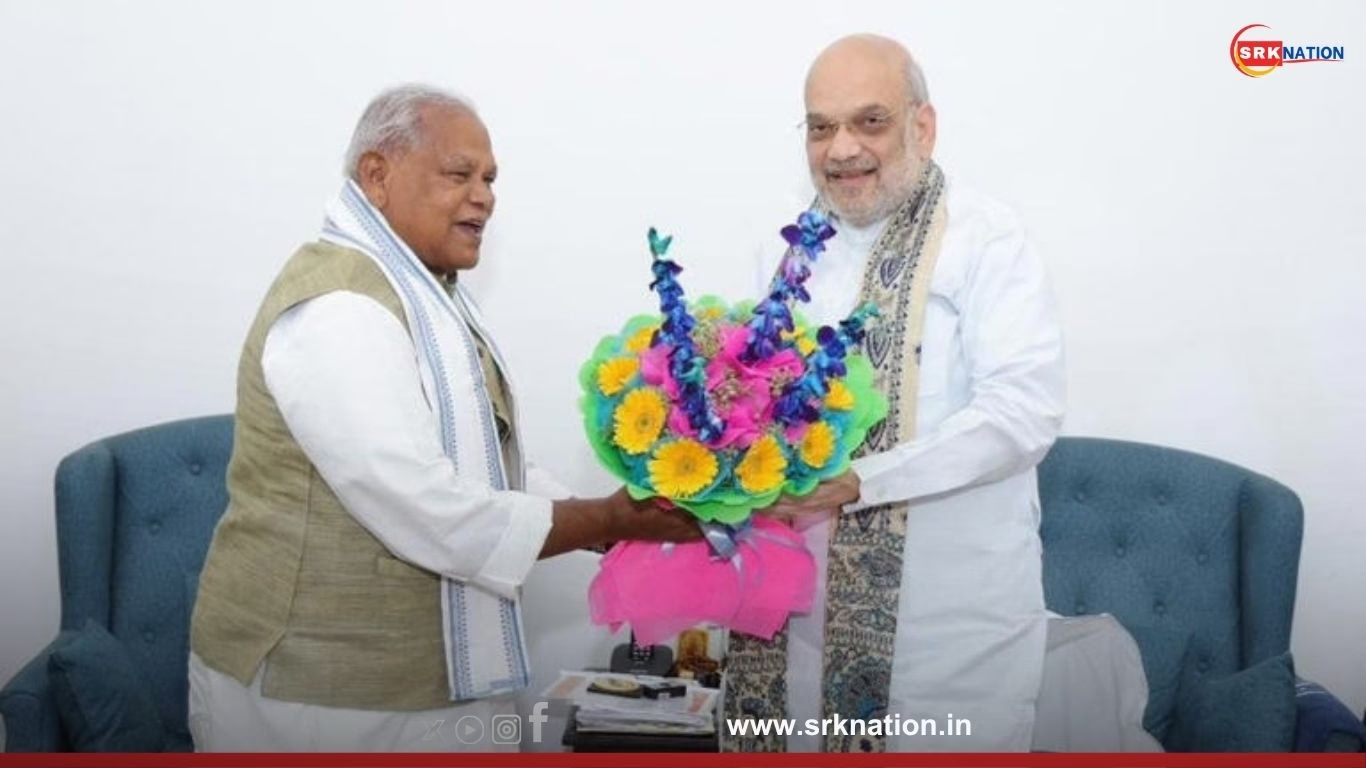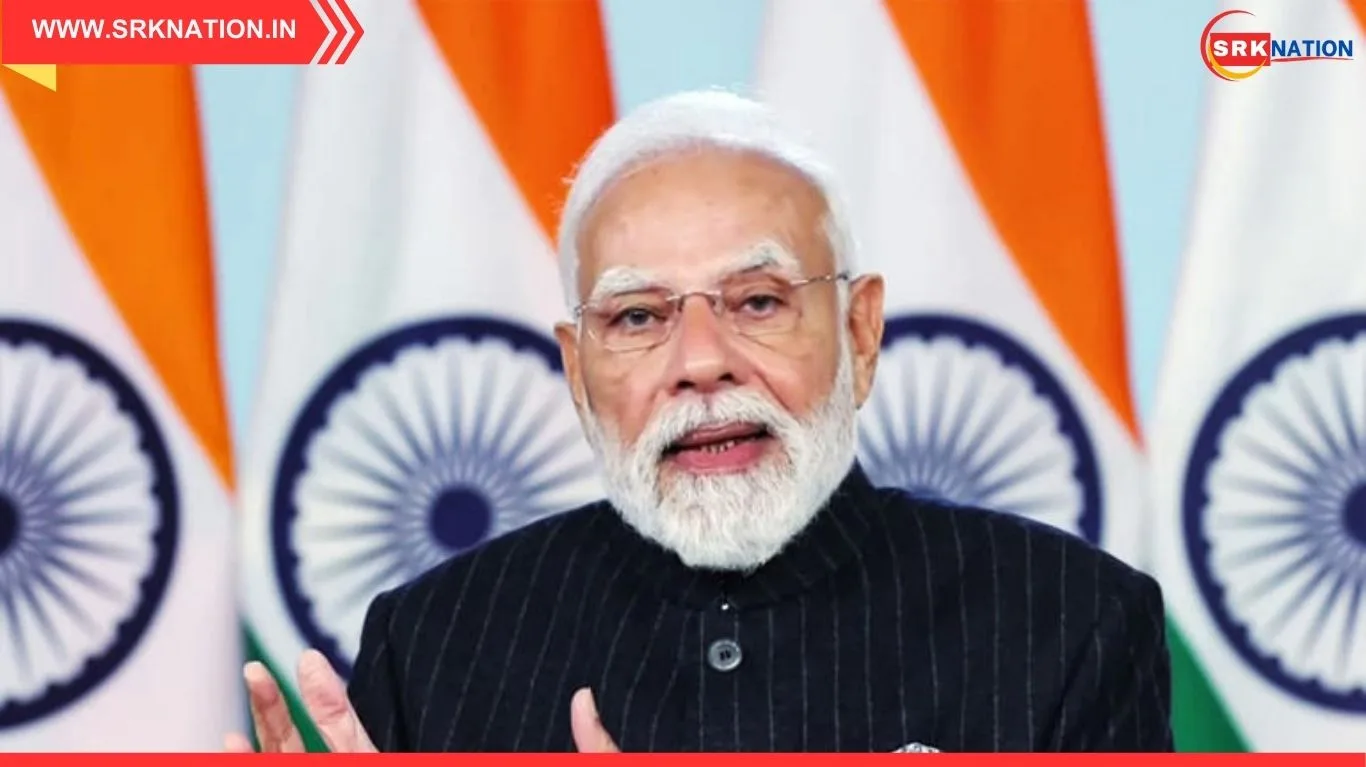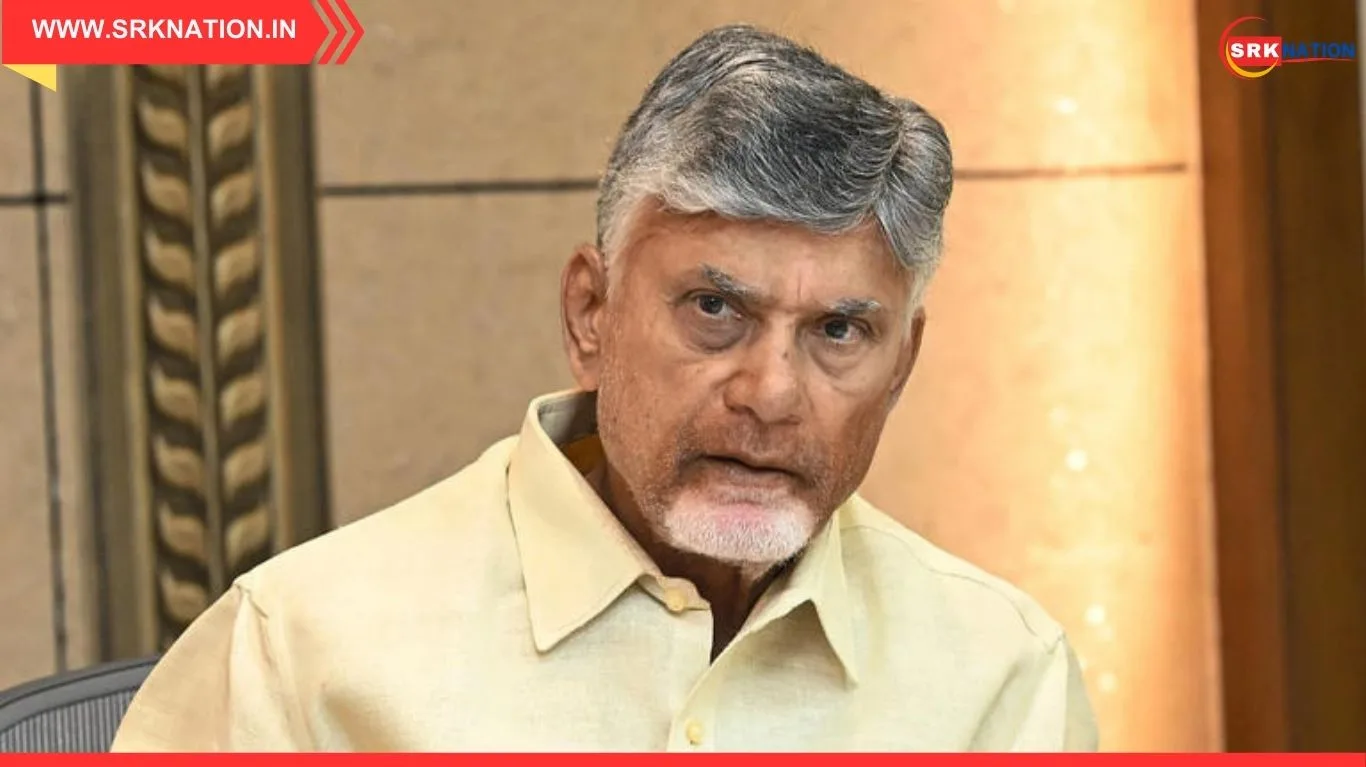Former Bihar Chief Minister and Hindustani Awam Morcha (HAM) founder Jitan Ram Manjhi has made a bold pitch for seat-sharing ahead of the 2025 Bihar Assembly elections, publicly demanding 20 to 25 seats from the National Democratic Alliance (NDA). Speaking to reporters in Patna on October 6, 2025, Manjhi said his party has a “strong presence in several constituencies” and will not settle for a token number of seats.
“We are not here to decorate the alliance. We want 20 to 25 seats, and we will contest where our party has real strength,” Manjhi said, adding that he has already conveyed his expectations to senior BJP leaders. The statement comes amid ongoing backchannel negotiations between NDA constituents, with the BJP, JD(U), HAM, and smaller allies preparing for a high-stakes electoral battle.
Manjhi’s demand is seen as a strategic move to assert relevance and bargaining power within the NDA, especially as caste arithmetic and regional representation become central to alliance dynamics. HAM, which draws support primarily from the Musahar and Dalit communities, is expected to play a crucial role in districts like Gaya, Aurangabad, Nawada, and Jehanabad.
HAM’s Seat Demand – Regional Breakdown and Justification
| District Name | HAM’s Claimed Influence | Seats Demanded | Justification Provided |
|---|---|---|---|
| Gaya | Strong Musahar base | 5 | Manjhi’s home turf |
| Aurangabad | Dalit and EBC pockets | 4 | Past performance, cadre strength |
| Nawada | Mixed caste demographics | 3 | Alliance synergy with BJP |
| Jehanabad | Rural outreach | 3 | HAM’s ground-level network |
| Arwal | Emerging support | 2 | Youth and women voter appeal |
| Other districts | Strategic expansion | 3–8 | Negotiable based on alliance talks |
Manjhi also hinted that HAM may reconsider its alliance status if seat-sharing talks do not yield a “respectable number.” “We are loyal to the NDA, but loyalty should not mean surrender. We want recognition, not just participation,” he said.
The BJP has not officially responded to Manjhi’s demand, but sources within the party suggest that seat-sharing discussions are underway and will be finalised after Dussehra. JD(U), led by Chief Minister Nitish Kumar, is also expected to seek a lion’s share of seats, making the negotiation table more complex.
Bihar NDA Seat-Sharing – Expected Distribution Framework
| Party Name | Expected Seats (2025) | 2020 Seats Contested | Key Focus Areas |
|---|---|---|---|
| BJP | 110–115 | 110 | Urban, semi-urban belts |
| JD(U) | 95–100 | 115 | Rural, OBC-dominated zones |
| HAM | 20–25 (demanded) | 7 | Dalit and EBC clusters |
| VIP, RLSP, Others | 10–15 | 8 | Regional and caste-based pockets |
Political analysts say Manjhi’s open demand is a calculated move to pre-empt marginalisation and ensure visibility in alliance talks. “HAM may not have a large vote share, but it has strategic value in caste-sensitive constituencies. Manjhi is leveraging that to secure a better deal,” said Dr. Prabhat Kumar, a political science professor at Patna University.
Manjhi’s statement has also triggered reactions from opposition parties. RJD leader Tejashwi Yadav said, “This shows the NDA is fractured and driven by self-interest. Every party is fighting for its own survival.” Congress spokesperson Shakeel Ahmad Khan added, “Manjhi’s demand reflects the desperation within the NDA camp.”
Social media platforms have seen a surge in commentary around Manjhi’s demand, with hashtags like #ManjhiSeatDemand, #BiharPolls2025, and #NDASeatSharing trending across Twitter/X, Instagram, and YouTube. Supporters of HAM have hailed the move as “assertive leadership,” while critics have called it “political posturing.”
Public Sentiment – Social Media Buzz on Manjhi’s Seat Demand
| Platform | Engagement Level | Sentiment (%) | Top Hashtags |
|---|---|---|---|
| Twitter/X | 1.2M mentions | 78% mixed | #ManjhiSeatDemand #BiharPolls2025 |
| 1.1M interactions | 82% supportive | #DalitVoice #HAMInNDA | |
| 950K views | 75% analytical | #NDASeatSharing #ManjhiPolitics | |
| YouTube | 870K views | 80% curious | #BiharElectionsExplained #HAMDemand |
HAM’s electoral performance in 2020 was modest, with the party contesting 7 seats and winning 4. However, Manjhi’s stature as a former CM and his outreach among marginalised communities give him leverage in alliance negotiations. The party has also expanded its organisational base in 12 districts over the past year, conducting padyatras and voter registration drives.
HAM’s Electoral History – Performance Snapshot
| Election Year | Seats Contested | Seats Won | Vote Share (%) | Alliance Partner |
|---|---|---|---|---|
| 2015 | 21 | 1 | 2.3 | NDA |
| 2020 | 7 | 4 | 1.8 | NDA |
| 2025 (projected) | 20–25 (demanded) | TBD | TBD | NDA (pending) |
Manjhi has also positioned himself as a “voice of the voiceless,” demanding greater representation for Dalits, EBCs, and landless labourers in policy-making. His party’s manifesto, expected to be released later this month, will focus on land rights, education access, and rural employment.
HAM’s Core Agenda – 2025 Bihar Polls
| Policy Focus | Proposed Initiative | Target Beneficiaries |
|---|---|---|
| Land Rights | Legal ownership for landless families | Dalits, EBCs, rural poor |
| Education | Free coaching for competitive exams | Marginalised youth |
| Employment | Skill centres in every block | Migrant workers, rural unemployed |
| Health | Mobile clinics in remote areas | Villages, tribal belts |
| Governance | Panchayat-level grievance redressal | Local communities |
In conclusion, Jitan Ram Manjhi’s open demand for 20–25 seats from the NDA marks a significant moment in Bihar’s pre-election narrative. As alliance talks intensify and caste equations evolve, HAM’s assertiveness could reshape seat-sharing dynamics and influence campaign strategies. Whether the NDA accommodates Manjhi’s demand or negotiates a middle path, the outcome will have ripple effects across Bihar’s political landscape.
Disclaimer: This article is based on publicly available political statements, verified election data, and media reports. It does not constitute political endorsement or prediction. Readers are advised to follow updates from the Election Commission of India and official party sources for accurate information.











